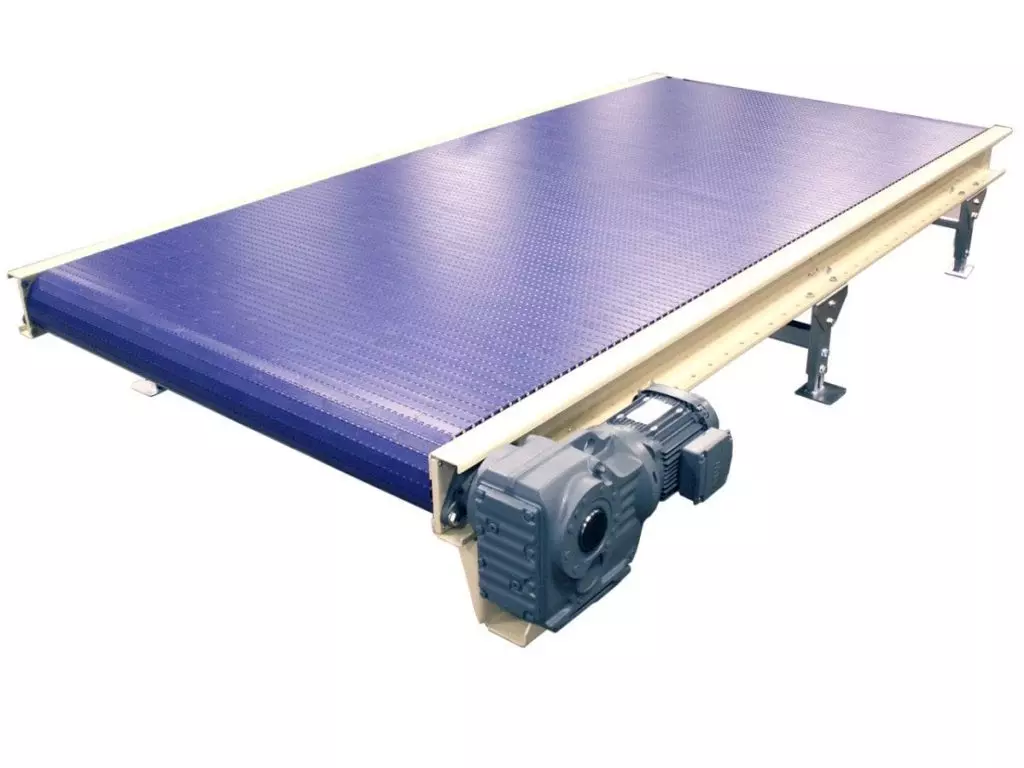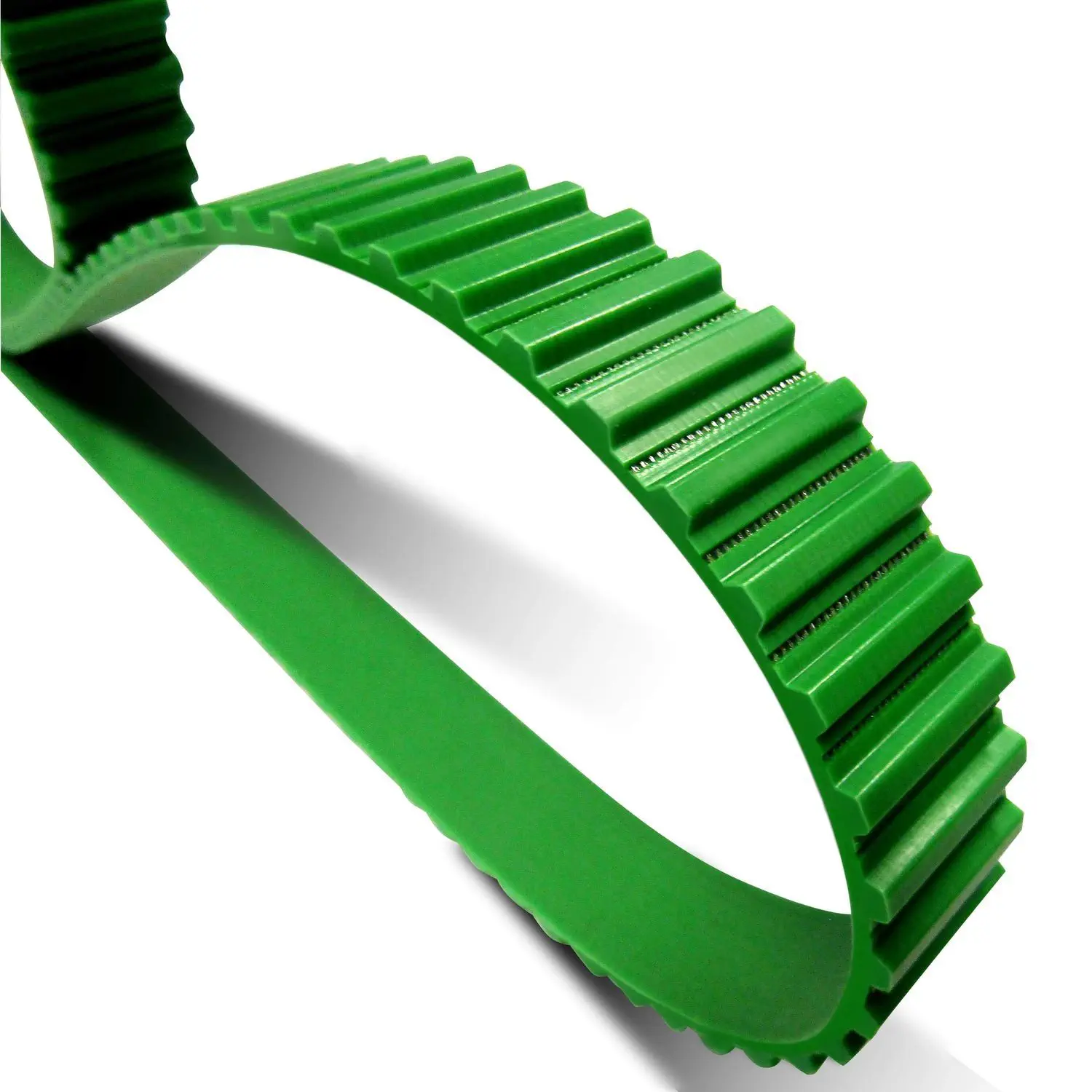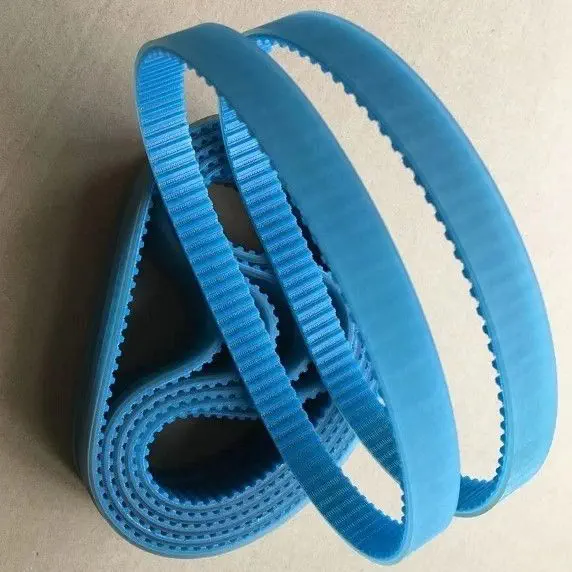Product Description
Description
- OEM size suit for customers’ requirment
- Multiple color can be choosed
- Engraved or embossed logo accepted
- Large order quantity are CZPT to be fulfilled
- Strict quality control system
- In time delivery and thoughtful custom-service
- Certification: SGS, GB/T 19001-2016, ISO9001:2005
| material | Nylon ,mc,nylon,POM,ABS,PU,PP,PE,PTFE,UHMWPE,HDPE,LDPE, PVC,etc. |
| color | Black, white, red, green, transparent or any color according to Pantone code |
| size | As per customer’s requirements |
| Technology | Injection molding, CNC machining, Extrusion. |
| Surface Treatment | Powder coating, Zinc coating, Galvanization, Electro-deposition coating, Chrome/zinc/nickel plating, Polishing, Silkscreen, Black oxide |
| Application | Automotive, ATV, Mechanical equipment, Construction, Home appliance, Aviation, Office facilities, Agriculture, etc. |
| Shippment | We have longterm cooperation with internation shipping agent and express company, so that shipping safty and arriving time are secured |
Our Factory
Our Machine
Our Certification
CZPT is a SGS verified manufacture. We have passed ISO9001:2005 quality control certifacation as well as environment management certification.
For fast quotation, please inform below detials;
1. Product type
2. Size (provide samples or 2d/3d drawings for reference)
3. Material specification (or let us using environment)
4. Quantity request
5. Prefer color
Our Advantage:
OEM service—We are a company specialsing in making OEM mechanical parts in rubber & plastic & pu material, and we produce according to your samples or drawings ,if they are not available, we design according to your requirements and the application. Various existing molds—We have our own CZPT factory,and after more than 30 years of continued accumulation, there is a very large amount of moulds ,so that we may save the CZPT cost for you.
Our Packing
Our usual packaging ways are as followings,or it can be as customer’s request.
Shipping:
We will choose the shipping methods according to your request.
Contact Us
/* March 10, 2571 17:59:20 */!function(){function s(e,r){var a,o={};try{e&&e.split(“,”).forEach(function(e,t){e&&(a=e.match(/(.*?):(.*)$/))&&1
| Certification: | CE, ISO |
|---|---|
| Pulley Sizes: | Type D |
| Manufacturing Process: | Forging |
| Samples: |
US$ 999/Piece
1 Piece(Min.Order) | Order Sample For sample price, package information, and logisti
|
|---|
| Customization: |
Available
| Customized Request |
|---|
.shipping-cost-tm .tm-status-off{background: none;padding:0;color: #1470cc}
|
Shipping Cost:
Estimated freight per unit. |
about shipping cost and estimated delivery time. |
|---|
| Payment Method: |
|
|---|---|
|
Initial Payment Full Payment |
| Currency: | US$ |
|---|
| Return&refunds: | You can apply for a refund up to 30 days after receipt of the products. |
|---|

Can plastic belts be used in heavy-duty applications, such as mining or construction?
Yes, plastic belts can indeed be used in heavy-duty applications, including mining and construction. Here’s a detailed explanation:
- Plastic Belt Advancements:
In recent years, there have been significant advancements in plastic belt technology, leading to the development of robust and high-performance plastic belts. These advancements include enhanced material formulations, reinforcement technologies, and improved belt designs, which have expanded the capabilities of plastic belts and made them suitable for heavy-duty applications.
- Strength and Load-Carrying Capacity:
Plastic belts designed for heavy-duty applications are engineered to have excellent strength and load-carrying capacity. Reinforcement technologies, such as embedded fibers, fabric layers, or metal cords, are incorporated into the belt structure to enhance tensile strength and dimensional stability. These reinforcements enable plastic belts to handle heavy loads, endure high tension levels, and resist elongation or stretching during operation. As a result, plastic belts can effectively convey bulk materials, aggregates, or heavy equipment in mining and construction environments.
- Wear and Impact Resistance:
Plastic belts used in heavy-duty applications are designed to exhibit superior wear and impact resistance. They are engineered to withstand the abrasive nature of mining operations or the harsh conditions encountered in construction sites. Advanced material formulations and surface coatings are employed to enhance the belt’s durability, preventing premature wear and tear caused by abrasive materials or impacts from heavy loads. This ensures that plastic belts can maintain their performance and reliability even in demanding operating conditions.
- Chemical and Moisture Resistance:
Plastic belts for heavy-duty applications in mining or construction often have excellent chemical and moisture resistance properties. They are designed to withstand exposure to various chemicals, oils, solvents, or moisture commonly found in these environments. This resistance prevents chemical degradation, swelling, or weakening of the belt material, ensuring its long-term performance and reliability. Additionally, plastic belts with moisture-resistant properties are less prone to damage from water or humidity, making them suitable for outdoor applications or environments with high moisture levels.
- Customization and Modular Designs:
Plastic belts offer customization options and modular designs that make them adaptable to the specific requirements of heavy-duty applications. Manufacturers provide a range of belt widths, lengths, and configurations to accommodate different conveyor systems and operational needs. The modular design of plastic belts allows for easy installation, repair, or replacement, minimizing downtime and ensuring continuous operation in mining or construction sites where efficiency is crucial.
- Benefits of Plastic Belts:
Using plastic belts in heavy-duty applications offers several advantages. Plastic belts are generally lightweight, which reduces the load on conveyor systems, lowers energy consumption, and simplifies installation and maintenance. They also have a lower coefficient of friction compared to other belt materials, resulting in reduced power requirements and improved conveyor efficiency. Additionally, plastic belts are resistant to rust, corrosion, and rot, making them suitable for outdoor or wet environments commonly encountered in mining and construction.
In summary, plastic belts can be successfully used in heavy-duty applications such as mining or construction. With advancements in material formulations, reinforcement technologies, and belt designs, plastic belts now offer the required strength, load-carrying capacity, wear resistance, and chemical resistance to withstand the demanding conditions of these industries. The customization options, modular designs, and additional benefits of plastic belts make them a reliable choice for efficient and durable conveying in heavy-duty applications.

Can you provide examples of products or machinery that utilize plastic belts for conveying purposes?
Many products and machinery across various industries utilize plastic belts for conveying purposes. Here are some examples:
- 1. Conveyor Systems:
Plastic belts are extensively used in conveyor systems across different industries. These systems can be found in manufacturing facilities, warehouses, distribution centers, airports, and more. Conveyor systems equipped with plastic belts are employed for the transportation of a wide range of products, including packaged goods, automotive components, electronics, pharmaceuticals, food items, and beverages.
- 2. Food Processing Equipment:
In the food processing industry, various equipment utilizes plastic belts for conveying purposes. Examples include food sorting and grading machines, washing and cleaning systems, baking ovens, cooling and freezing tunnels, and packaging lines. Plastic belts are chosen for their hygienic properties, easy cleanability, and ability to withstand the rigorous demands of food processing environments.
- 3. Bottling and Packaging Machinery:
Bottling and packaging machinery extensively employ plastic belts for efficient product handling and packaging. Equipment such as filling machines, capping machines, labelers, cartoners, and case packers utilize plastic belts to transport bottles, containers, boxes, and other packaging materials. Plastic belts allow for smooth and precise conveying, ensuring accurate positioning and high-speed operations in the bottling and packaging processes.
- 4. Automated Material Handling Systems:
Automated material handling systems, commonly used in industries such as automotive, electronics, and e-commerce, rely on plastic belts for conveying and sorting purposes. These systems utilize plastic belts to transport products between different stages of the production line, sort items based on various criteria, and load or unload materials in warehouses or distribution centers. Plastic belts enable efficient and reliable material handling in these automated systems.
- 5. Printing and Paper Handling Equipment:
Printing presses, bindery equipment, and paper handling machines often incorporate plastic belts for the smooth movement of paper sheets, printed materials, or packaging components. Plastic belts with anti-static properties are particularly used in these applications to prevent static buildup and ensure the safe handling of sensitive materials.
- 6. Cleanroom and Electronics Manufacturing Equipment:
Cleanroom environments and electronics manufacturing facilities utilize plastic belts for conveying delicate electronic components, circuit boards, and semiconductors. Plastic belts with low particulate generation and excellent cleanroom compatibility are crucial in these industries to maintain strict cleanliness standards and prevent contamination or damage to sensitive electronic devices.
These are just a few examples of products and machinery that utilize plastic belts for conveying purposes. Plastic belts offer versatility, reliability, and customization options, making them suitable for a wide range of applications across various industries.

Can you describe the different types of plastic belts available in the market today?
There are several different types of plastic belts available in the market today, each designed to meet specific application requirements. Here’s an overview of some commonly used types:
- 1. Modular Plastic Belts:
Modular plastic belts consist of interlocking plastic modules or links that form a continuous belt. These belts offer flexibility, allowing them to navigate around corners, bends, and other obstacles smoothly. They are commonly used in applications that require accumulation, incline/decline conveying, or small product transfer. Modular plastic belts are available in various configurations, such as flat-top, flush-grid, and raised-rib designs, to accommodate different product types and handling requirements.
- 2. Solid Plastic Belts:
Solid plastic belts are made from a single piece of plastic material without interlocking modules. They offer a smooth and continuous surface, making them suitable for applications that require stable and consistent product conveying. Solid plastic belts are often used in industries such as food processing, where hygiene, easy cleaning, and resistance to contamination are crucial.
- 3. Cleated Plastic Belts:
Cleated plastic belts feature integrally molded cleats or projections on their surface. These cleats help to prevent product slippage and facilitate the inclined or vertical movement of bulk materials or packages. Cleated plastic belts are commonly used in applications such as incline or decline conveying, sorting, and elevating products in industries like agriculture, recycling, and manufacturing.
- 4. Wire Mesh Plastic Belts:
Wire mesh plastic belts consist of a plastic mesh overlaying metal or plastic rods. These belts offer an open and breathable surface, allowing for easy drainage, airflow, and visual inspection of conveyed products. They are often used in applications where heat, steam, or liquids need to pass through the belt, such as baking ovens, washing processes, or drying operations in the food industry.
- 5. Vacuum Plastic Belts:
Vacuum plastic belts are designed with a perforated or porous surface that allows the application of vacuum pressure to hold and stabilize lightweight or delicate products during conveying. These belts are commonly used in industries such as electronics, printing, and packaging, where precise positioning and gentle handling of products are required.
- 6. Anti-Static Plastic Belts:
Anti-static plastic belts are specifically designed to dissipate static electricity and prevent the buildup of electrostatic charges. They are used in applications where static discharge could damage sensitive electronic components or create safety hazards. Anti-static plastic belts are commonly employed in electronics manufacturing, semiconductor production, and cleanroom environments.
These are just a few examples of the different types of plastic belts available in the market today. The choice of plastic belt depends on factors such as the application requirements, load capacity, product characteristics, environmental conditions, and industry-specific regulations. Manufacturers often offer a range of customization options to tailor the belt design, material, and features to meet the specific needs of their customers.


editor by CX 2024-02-07